Mexican Revolution
5/18
Report this entry
More from the same community-collection
William Crockett in back of house on Campbell
The Crocketts were originally from Las Vegas, New Mexico.
Dan Crockett in New Mexico Military Institute uniform
The Crocketts were originally from Las Vegas, New Mexico.
Dan in his room in Crockett Home in El Paso
The Crocketts were originally from Las Vegas, New Mexico.
Dan L. Crockett - El Paso, Texas
The back of this photograph is marked Dan L. Crockett, 1945(?). ...





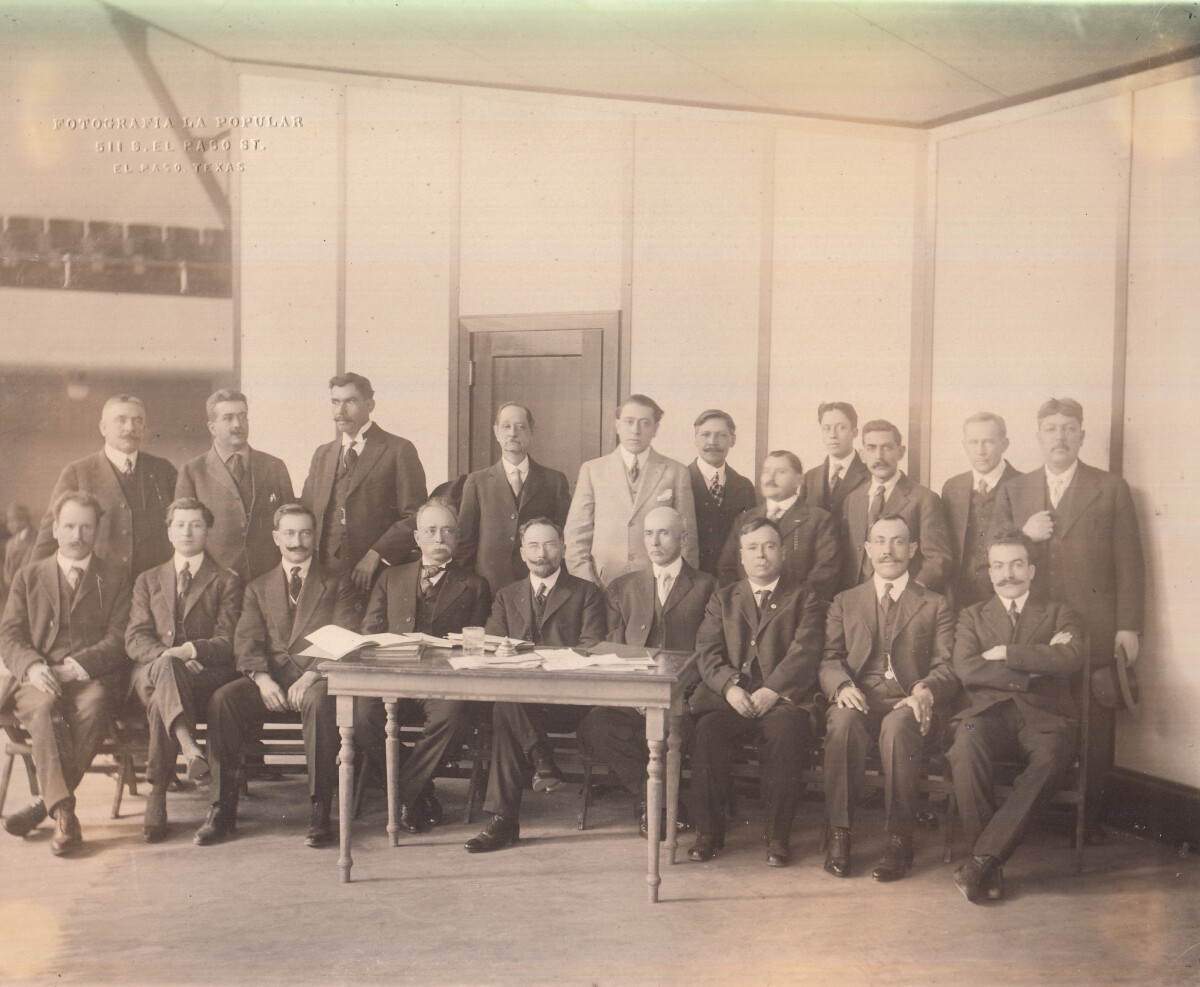



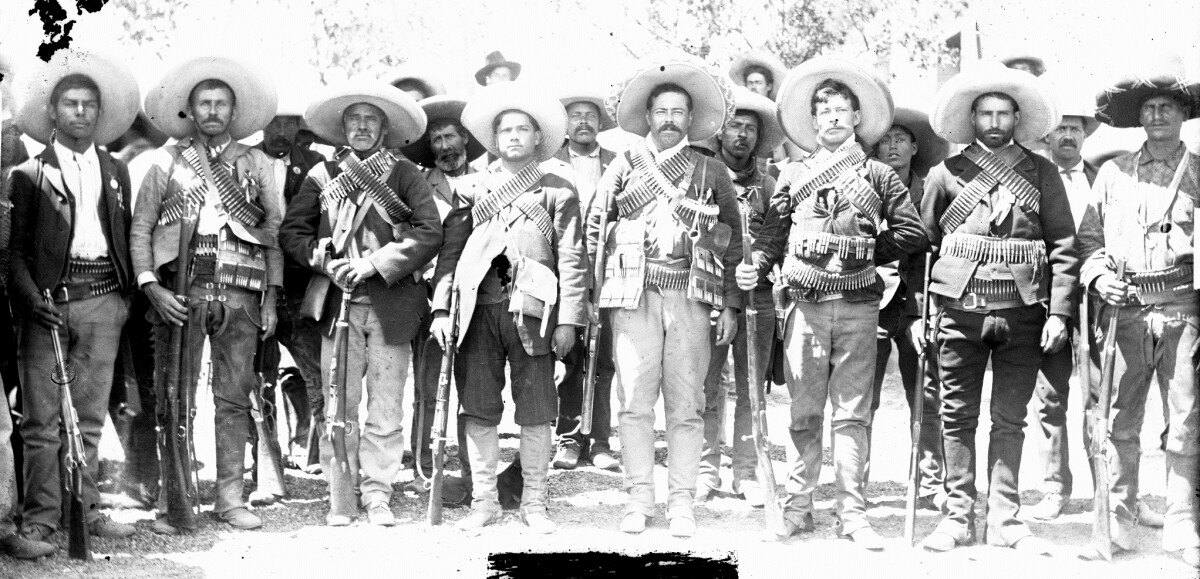






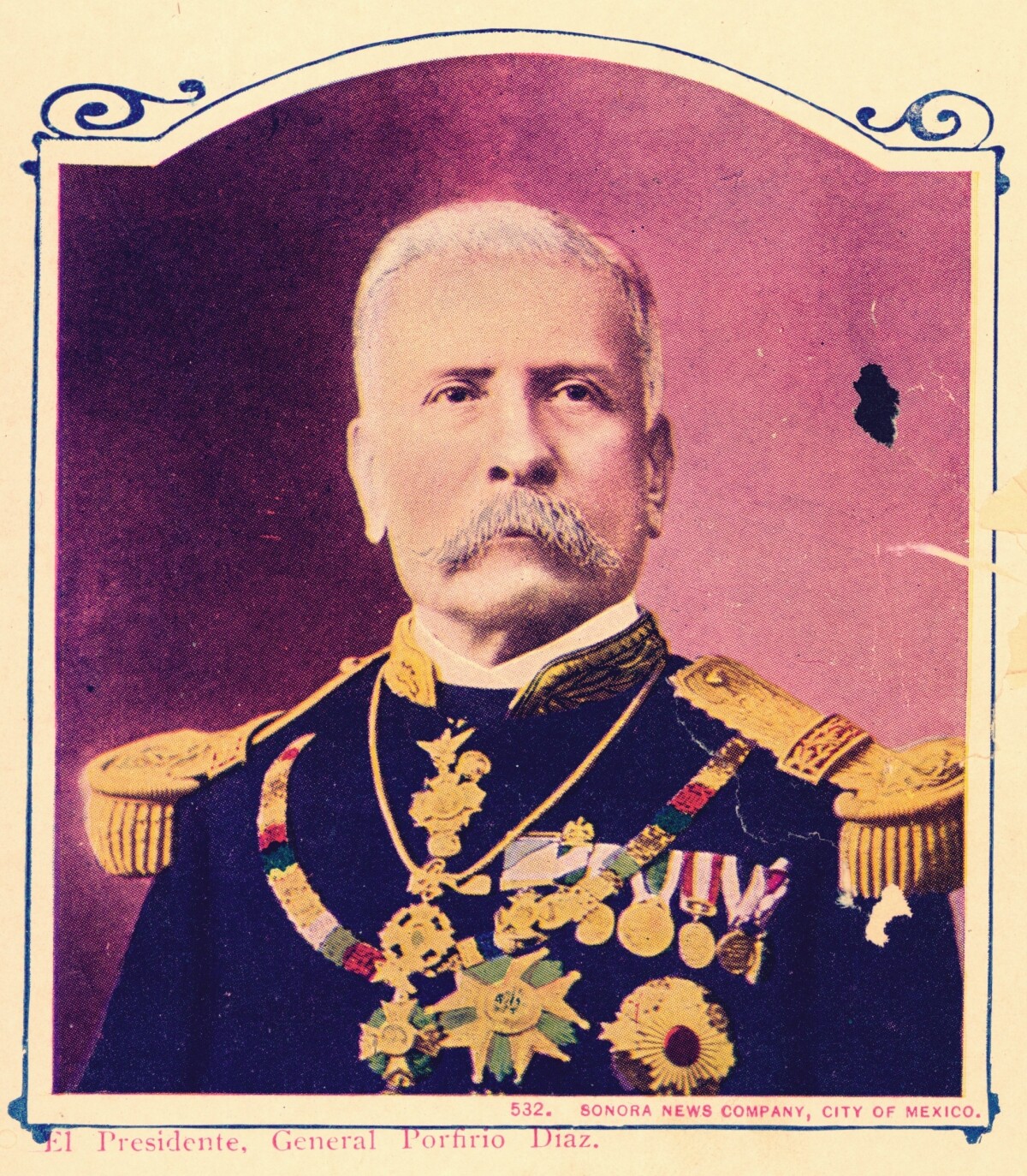

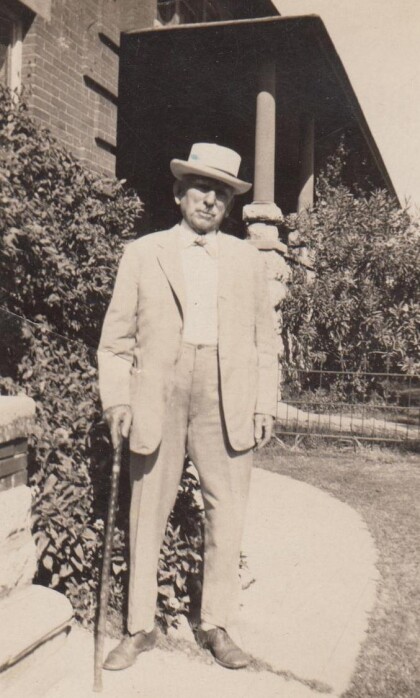
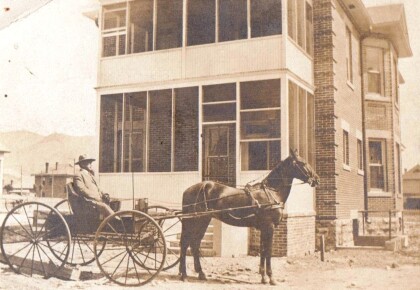
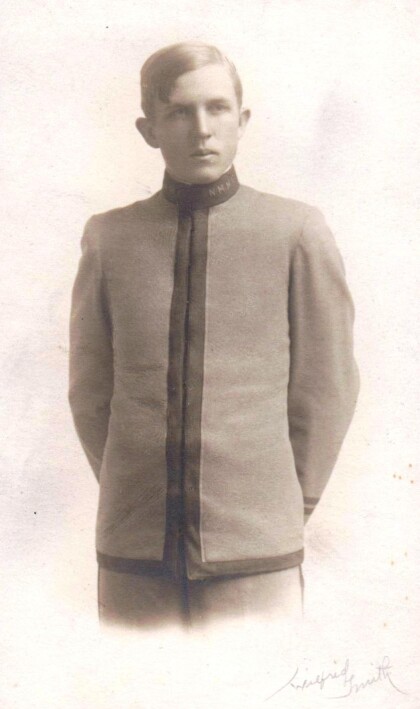





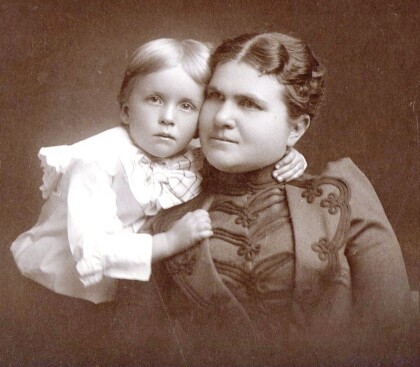


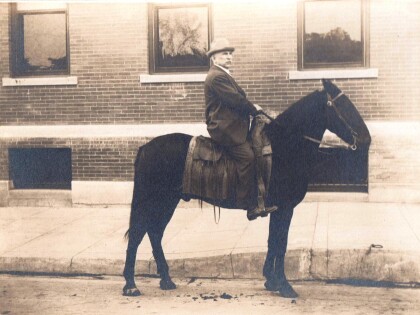
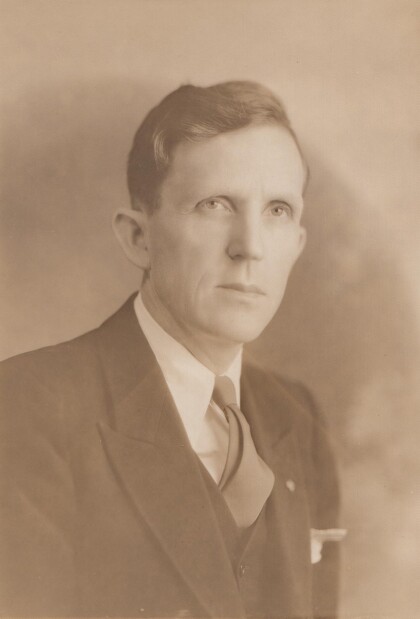




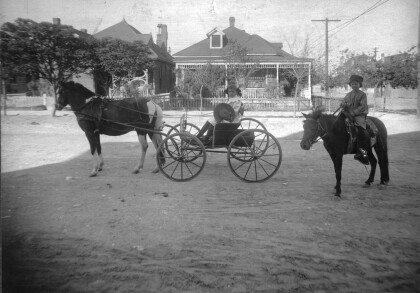





Comments
Add a comment